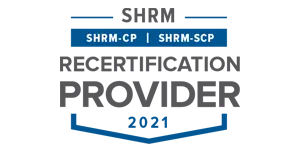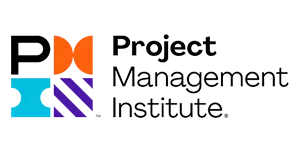What is Quality By Design (QbD)…and why take a course on QbD from us?
A long-standing axiom states that quality must not be “inspected in”, but rather “built in” if products and services are to have long-term success. Joseph Juran’s influential work, Juran On Quality By Design: The New Steps For Planning Quality Into Goods And Services (1992) exhaustively presents numerous cases studies from broad-ranging industries that show the vast majority of product and service failures are the result of poor design. At the turn of the millennium pharmaceutical products were defined largely by their manufacturing processes that were poorly understood, which produced products that were understood even less. Quality was determined almost entirely by post-process inspection, with virtually no foundation to build upon for corrective actions or continuous improvement. This state led to major global regulatory authorities for pharmaceuticals driving QbD initiatives over the last ten years that have become initiatives within the industry itself, where QbD practice has increasingly become Best Practice within many pharmaceutical companies.
The benefits of a Quality by Design approach to pharmaceutical products includes but is not limited to:
- Greater end-to-end control over production that results in dramatically improved predictability towards product safety and efficacy
- Streamlined product lifecycle management and associated interactions with regulatory authorities, from initial product launch to discontinuation
- A substantial foundation for continuous process improvement, coupled with more rigorous and efficient corrective actions
- Significantly greater control over inspections and audits, with findings that are lower in impact and fewer in number
The practical application of QbD within the pharmaceutical space is a classic application of Design for Six Sigma principles and tools. The overall framework and tools used within QbD, e.g., risk-based quality management, statistical design of experiments (DoE), robust process design, and real-time process control through process analytical technology (PAT) as applied for pharmaceutical QbD efforts are areas of significant expertise for our instructors. The instructors will provide insight, instruction and application guidance for the QbD process and the tools required for its successful execution. Furthermore, they will also provide relevant insights and experiences they have gained through years of real-world QbD situations, as well as providing helpful context regard the current QbD landscape as it relates to current industry practices and regulatory agency interactions.
Agenda
NOTE: One-day course participants will obtain a conceptual understanding, while five-day course participants will obtain more detailed and advanced understanding through a combination of hands-on exercises and analysis of various case studies.
One-Day “QbD Overview” Course:
- Background and drivers for Pharma QbD
- QbD guidance review (ICH Q8/Q9/Q10/Q11)
- QbD development process and flow/logic
- Introduction and overview of QbD tools
- Risk management
- Design of Experiments
- Design Space
- Control Strategies
- Current industry and regulatory landscape, and application challenges for QbD
Five-Day Course: One-Day “QbD Overview” PLUS:
- Focused hands-on DoE training and practice
- Full vs fractional factorials
- Optimization and response surfaces
- Transfer functions
- Detailed training on QbD concepts & tools, e.g.
- QTPP and CQAs/CMAs/CPPs
- Risk management tools and practices
- Design space: development, verification and scale-up
- Control strategies, process robustness and proactive management of process variation
- Round-table exercises for problem-solving your QbD implementation challenges
Objectives/Learning Outcomes
- Understanding the origins and need for QbD for pharmaceutical products, and the objectives for current QbD practices
- Understanding the overall logic and flow of the QbD development process, including the use and application of the various tools applied:
-
- Risk-based quality management
- Development and use of Quality Target Product Profiles (QTPPs), and definition and verification of Critical Quality Attributes (CQAs), Critical Material Attributes (CMAs) and Critical Process Parameters (CPPs)
- Facets of statistical design of experiments (DOEs), e.g., screening designs, response surfaces and optimization, transfer functions
- Design Space and its application: process control, lifecycle management, understanding design space limits/“edges”
- Development and optimization of process control strategies, including real-time release testing.
- The ability for attendees to apply these QbD tools and principles to their own problems, facilitated through round-table discussion of challenges faced by attendees
This material is available in an Adobe PDF that may be printed. To receive a copy, please send an email with “QBD” in the subject line to qbd@dmaic.us








